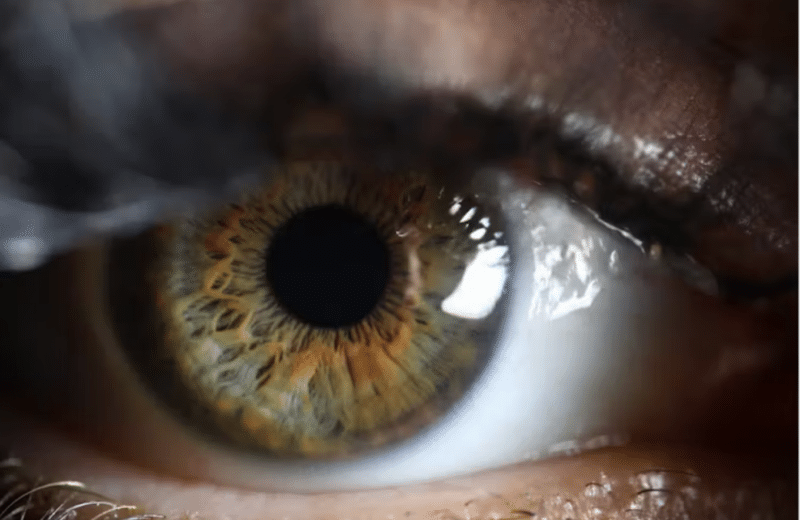By Ruth Kaufman
Last December, a Boston anesthesiologist and her husband, a surgeon, launched a campaign to end the use of a popular surgical technique used during hysterectomies and myomectomies. They say that the technique, known as laparoscopic power morcellation, caused her undetected cancer to spread dangerously fast throughout her body.
In response, the U.S. Food and Drug Administration (FDA) issued a safety communication noticein April that discouraged the use of laparoscopic power morcellation for removal of the uterus (hysterectomy) or uterine fibroids (myomectomy), stating that currently available data showed it poses a risk of spreading unsuspected cancerous tissue beyond the uterus.
A power morcellator is a device used during minimally invasive surgeries to cut tissue into small pieces to be removed from the body. In cases where uterine cancers go undetected prior to an abdominal procedure, the morcellator dices up, andconsequently can spread, the unsuspected cancer tissue within the abdomen and pelvis, which decreases the likelihood of survival.
The FDA determined that about 1 in 350 women undergoing a hysterectomy or fibroid removal has an unsuspected type of cancer called uterine sarcoma, while about 1 in 500 has unsuspected uterine leiomyosarcoma. While discouraging the use of power morcellators, the agency also instructed manufacturers to review current product labeling for accurate risk information, and listed recommendations for healthcare professionals and patients including, “If laparoscopic hysterectomy or myomectomy is recommended, ask your healthcare professional if power morcellation will be performed during your procedure and why it is the best treatment option for you.”
Judy Cohen, outreach coordinator at the American Recall Center, says that according to The National Center for Biotechnology Information, the average life span following accidental morcellation of sarcoma is 24 to 36 months. Women with sarcoma who undergo morcellation are about four times more likely to die from sarcoma than if they hadn’t been morcellated. Only 15 percent of women who have stage 4 leiomyosarcoma that has spread will be alive after five years.
In July, HealthDay reported on a new study saying, “Twenty-seven of every 10,000 women who had the technique had undetected uterine cancer at the time of the procedure, researchers found, with the odds being highest for patients over the age of 65.”
Charles Miller, MD, is a physician with Advocate Health Care’s reproductive endocrinology department. He agrees that there is a risk when morcellation is used, but that the level of concern and subsequent reaction to the risk is overblown. Also president of The Advanced IVF Institute and The Advanced Gynecologic Surgery Institute, Miller says he does 250 morcellation cases per year, which, he says, adds up to approximately 5,000 cases throughout his career. Of those 5,000, he’s only had one with sarcoma.
“Look at the ages of the women in these cases,” he says. “Women 40 and younger have a far less risk of having sarcoma when having their procedure—the FDA responded to this notion. What bothers me the most is that no one is speaking about the young patient who is interested in pregnancy or the heavy patient who may have [additional] risks associated with an open procedure. You have to be able to discuss things with your patients.
“Are we going to lose the way we can treat young patients who are at minimal risk of sarcoma?” Miller continues. “There are risks associated with angioplasty. Does that mean that everybody needs to have bypass [surgery]? I believe risk can be handled through proper discussion, proper patient identification and finally, morcellation in [an insufflated] bag, where we are not having this spillage in the abdominal cavity.”
Watch a video of power morcellation performed within a specimen bag
“I have yet to see, through personal observation, power morcellation in a bag accomplished without showering the abdominal cavity,” says Joseph M. Maurice, MD, division chairman of gynecology at Rush University Medical Center.
Since the FDA’s statement, he says that Rush no longer uses power morcellation during procedures.
Maurice explains that in a minimally invasive procedure, small keyhole incisions are made, which support the instrumentation used to accomplish that particular procedure. Regarding removal of the specimen, he says he is able to bring the specimen through the small incision and remove the tissue manually, without use of power morcellation.
In July, the FDA’s independent panel reported that power morcellators aren’t safe, but didn’t agree on whether stronger warnings were required or that the devices should be banned. However, the largest power morcellator manufacturer, Johnson & Johnson, asked doctors to return power morcellators after suspending sales and distribution in April.
Miller has been a senior advisor to Johnson & Johnson since the early 1990s and has been involved with introducing many of their instruments to market. His belief that the reason the company pulled back in reaction to the FDA’s notice is that it’s traditionally risk-averse and that they’re still reeling from the court cases having to do with vaginal mesh in the early 2000s. Also, he says that power morcellators are a “pretty insignificant part of [its] portfolio. No gain, no harm.”
Morcellation lawsuits have been filed on behalf of, and by, women claiming that the device caused their cancers to spread.
“I’ve not found demonstration of a technique in the peer review literature that would eliminate the risk of a potential cancer spread by using a power morcellator,” says Maurice.
Miller says that it’s difficult to show that morcellation in a bag will reduce sarcoma risk because the numbers of abdominal sarcoma cases are so low. The American Cancer Society estimates that 5,470 women will be diagnosed with soft-tissue sarcoma in the United States in 2014. And while leiomyoasarcomas are the most common abdominal sarcoma, this number includes a variety of types.
“We’re being damned because we don’t have huge numbers to back up [the safety of the procedure],” Miller says.
“Power morcellation has demonstrated that ‘minimally invasive’ should not suggest a procedure is any less dangerous,” says Cohen. “Our goal [at American Recall Center] is not only to inform women, but also to empower them to take complete control of their health.”
Both Miller and Maurice agree that minimally invasive procedures are more beneficial to the patient than open abdomen surgeries. Miller explains that in an open procedure, there are risks of bleeding, infection, scar tissue forming, pain during intercourse. And he says that the mortality rate of an open abdominal procedure is three times that of a procedure that’s done minimally.
But that’s where the two doctors differ on their approach to successfully treating their patients.
“There are safer methods to complete a minimally invasive procedure without introducing the risk of power morcellation,” Maurice says.
“[Morcellation] is a risk that patients should know about by having the risks and benefits explained,” Miller says. “You’re 55 years old? No, we don’t do it. You’re 25 and have a fibroid and want to get pregnant? Yes. If something is used properly, it can be of great help. If patient populations are not looked at carefully, you’re going to have trouble.”












